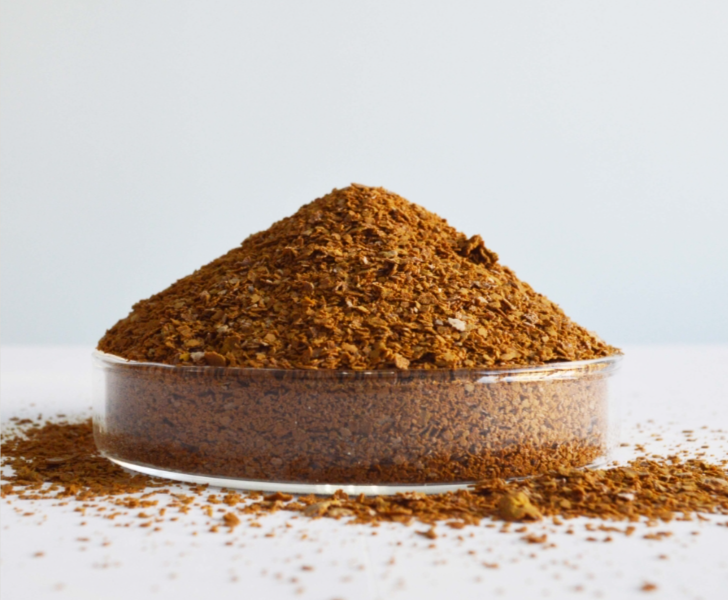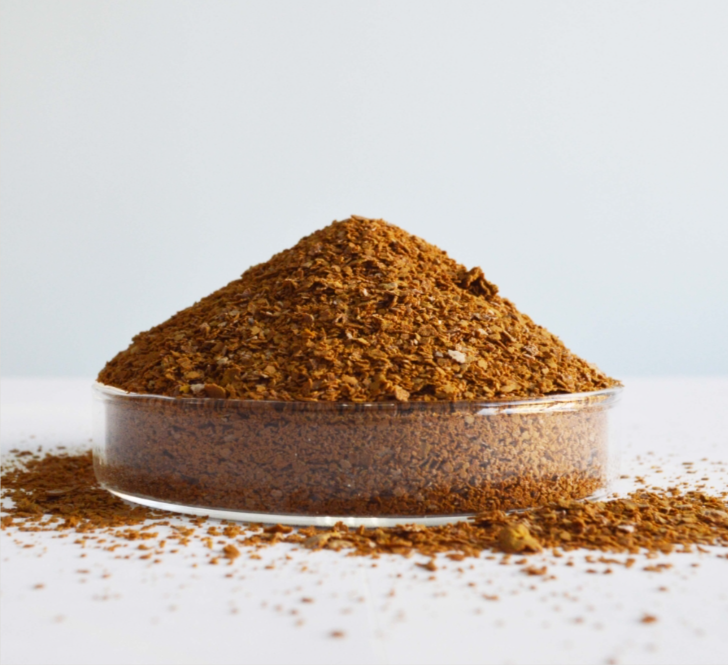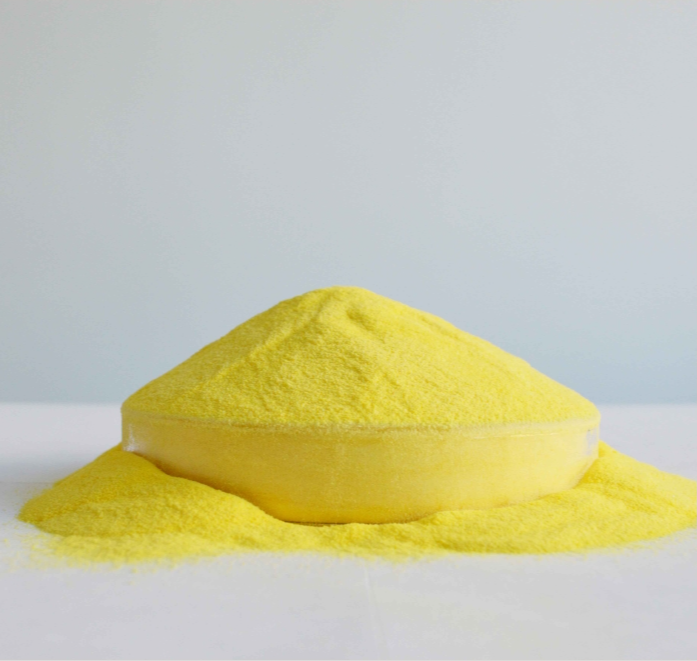
Abstract:
This blog post provides an overview of the three production processes of Poly Aluminum Chloride (PAC) and their respective applications. The drum-drying type PAC is cost-effective and suitable for treating ordinary sewage, while the plate-and-frame type PAC is pale yellow in color and used for sewage and drinking water treatment. The spray-drying type PAC, with high production costs, is ideal for drinking water and high-standard water treatment. The advantages and disadvantages of each production process are discussed, and the efficacy and cost-effectiveness of spray-drying PAC are highlighted.
PAC is widely used in wastewater treatment due to its strong adsorption capacity. It is often yellow or brown in color, although white PAC is also available. It is highly soluble in water and commonly used as a purification material for urban and industrial wastewater. Many customers inquire about the production process of PAC. In this blog, we will introduce the three production processes of PAC and their respective applications.

Drum-drying type PAC: Drum drying type PAC has low production costs and is typically brown or coffee-colored. It has a moderate aluminum content and a high content of insoluble substances in water, making it suitable for the treatment of ordinary sewage. Drum-drying type PAC is produced by drying PAC in a drum dryer. The drying time in the drum dryer is short, usually around 7-30 seconds. After a certain period of use, it is necessary to regularly check the thickness of the drum wall. The drum dryer does not leave residual products, and even a small amount of PAC solution can be dried.
The drum dryer has a slightly inclined and rotating drum. Liquid PAC enters from the upper end, undergoes processing and drying, and the solid PAC dry material is collected from the lower end. Hot air enters from the feed end or discharge end and is expelled from the upper end. There are paddles inside the drum that continuously lift and sprinkle the material in the drum, ensuring sufficient contact with the hot air flow to improve drying efficiency and facilitate the forward movement of the material. The heat source for drying the material is usually hot air, high-temperature flue gas, or steam.

Plate-and-frame type PAC: Plate-and-frame PAC is pale yellow in color, has a high aluminum content, and a low content of insoluble substances in water. It is used for sewage treatment and drinking water treatment. Plate-and-frame PAC is produced by filtering liquid PAC through plate-and-frame presses and then drying it in a drum. The use of various filter plates significantly reduces the content of insoluble substances in the filtered water. A 10% aqueous solution of plate-and-frame PAC appears as a light yellow transparent liquid, ensuring unobstructed pipes and improving the efficiency of PAC utilization. The use of plate-and-frame PAC in purification devices has low corrosiveness to equipment, simplifies water purification equipment, reduces the footprint of water purification equipment, saves investment, and achieves high-speed water purification. Plate-and-frame PAC is obtained by reacting aluminum ore powder with hydrochloric acid. It is an inorganic polymer and is currently the most ideal and economical efficient water treatment agent among water purifiers.

Spray-drying type PAC: Spray-drying PAC has high production costs and is usually white or yellow in color. It has a high aluminum content and low content of insoluble substances in water. It dissolves quickly and is used for drinking water and higher standard water treatment. Spray drying involves simultaneously drying and atomizing PAC into fine particles. The resulting particle product has excellent dust-proof and flow properties. During the drying process, a 40%-50% PAC solution is introduced into a high-pressure pump and then atomized and dried in a drying chamber. The performance of spray-drying PAC is mainly determined by the working principle of the centrifugal atomizer, which effectively coagulates and flocculates a large number of stable, positively charged, multi-core hydroxyaluminum complexes. The appearance of spray-drying PAC is white, and it has an extremely low iron content. It is commonly used in the production of high-quality paper.
Compared to drum-drying PAC, the dosage of spray-drying PAC can be reduced by half under the same water quality conditions. This not only reduces the labor intensity for workers but also lowers the cost for users. Additionally, the use of spray-drying PAC ensures safety, reduces water accidents, and provides safe and reliable drinking water for residents.
Advantages and Disadvantages: Spray-drying type > Plate-and-frame type > Drum-drying type
Conclusion:
Poly Aluminum Chloride (PAC) is a versatile water treatment agent with wide-ranging applications. By understanding the different production processes of PAC, users can select the most suitable products for their specific water treatment needs. The drum-drying type PAC is an economical option for treating ordinary sewage, while the plate-and-frame type PAC is ideal for sewage and drinking water treatment. The spray-drying type PAC, although costlier, offers superior performance in drinking water and high-standard water treatment applications. By considering the advantages and disadvantages of each production process, users can make informed decisions to optimize their water treatment processes.
We hope this blog post helps you understand the production processes of PAC (ポリ塩化アルミニウム).
Whether you are a current customer or simply someone interested in learning more about PAC, if you have any questions about how PAC is manufactured, the quality control measures in place, or any other aspect of the production process, please do not hesitate to reach out to us. We are committed to providing you with accurate and detailed information, and we will be more than happy to assist you. We look forward to hearing from you and thank you for your continued support and interest in our products.
Last Updated on 2024-07-26 by system

One thought